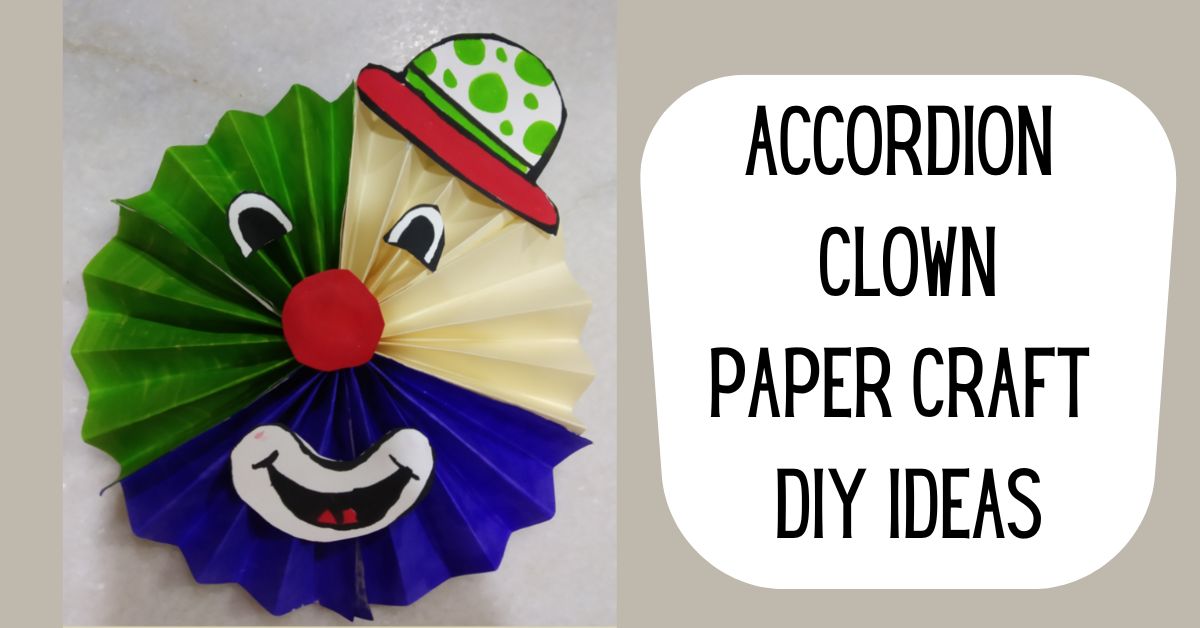Micro-learning, or the practice of learning in short, focused bursts, is rapidly gaining popularity among students with busy schedules. From short videos and mobile apps to interactive quizzes and flashcards, micro-learning is a flexible approach that makes learning efficient and engaging. This article explores how micro-learning works, its benefits, and the best tools to incorporate it into daily study routines.
What is Micro-Learning?
Micro-learning breaks down complex topics into bite-sized lessons, typically lasting between two and ten minutes. These lessons focus on specific objectives, making it easy for students to fit learning into their busy lives.
- How It Works: Rather than sitting down for long study sessions, micro-learning allows students to tackle smaller chunks of information, often through mobile apps, videos, or flashcards.
- Why It’s Popular: Studies indicate that micro-learning can improve retention, as students are more likely to remember information from short, focused lessons compared to longer study sessions.
Benefits of Micro-Learning for Students
Micro-learning offers several advantages for today’s fast-paced lifestyle, especially for students balancing academics with extracurricular activities, part-time jobs, or other responsibilities.
- Convenient and Flexible: Micro-learning fits into even the busiest schedules, making it possible for students to learn on the go—whether during a commute, between classes, or during lunch breaks.
- Improved Retention and Recall: By focusing on small chunks of information, students can more easily retain and recall content. The Journal of Educational Psychology found that students who used micro-learning techniques scored 20% higher on retention tests.
- Reduced Cognitive Load: Breaking down information into manageable segments reduces cognitive overload, allowing students to focus better without feeling overwhelmed.
Popular Micro-Learning Methods
There are several popular micro-learning methods, each tailored to different learning styles and objectives. Here are a few that students find most effective:
- Flashcards: Digital flashcards on platforms like Quizlet or Anki make it easy to memorize facts, definitions, and formulas. They’re perfect for short, repetitive learning sessions.
- Educational Apps: Apps like Duolingo for language learning or Khan Academy for quick topic reviews provide short lessons that students can complete within minutes.
- Video Lessons: Platforms like YouTube or TikTok now feature short, educational videos that explain complex concepts in under five minutes. Channels dedicated to science, math, or history can help students grasp topics quickly.
How Micro-Learning Enhances Focus and Motivation
Micro-learning leverages the brain’s natural tendency to focus on short bursts of information, making it easier to maintain attention and motivation.
- Engaging Format: Bite-sized lessons often use visual aids, interactive elements, and gamification to keep students engaged. Educational apps like Duolingo motivate users with streaks, points, and rewards.
- Quick Wins: Completing small lessons creates a sense of achievement, which can boost motivation. Students feel accomplished even if they only have a few minutes to spare.
Best Micro-Learning Tools for Students
Several micro-learning tools are specifically designed to make studying easier and more engaging. Here’s a look at some of the best options:
- Quizlet: Ideal for flashcards, Quizlet also offers practice quizzes, games, and study modes to reinforce knowledge.
- Duolingo: This language learning app provides short, interactive lessons in multiple languages. Its bite-sized approach makes learning new vocabulary and grammar more accessible.
- Khan Academy: Known for its wide range of subjects, Khan Academy offers short video lessons that are perfect for micro-learning.
- Coursera and EdX: For older students or college-level learners, Coursera and EdX offer “micro” courses that are less intensive than full-length classes, with short, focused video lectures.
Challenges and Tips for Effective Micro-Learning
While micro-learning has many benefits, it’s important to approach it effectively to avoid fragmentation or information gaps.
- Avoid Overloading: Focus on one topic or concept at a time to ensure clarity and understanding.
- Set Learning Goals: Define specific goals for each micro-learning session, such as learning a specific formula or memorizing vocabulary words.
- Combine Micro-Learning with Traditional Study: While micro-learning is effective for quick retention, combining it with traditional study sessions can reinforce learning and provide a comprehensive understanding.
Conclusion
Micro-learning offers a flexible, efficient way for students to fit education into even the busiest schedules. With the rise of digital tools and mobile apps, students can engage in short, focused lessons that enhance retention and improve motivation. Whether through flashcards, video lessons, or educational apps, micro-learning is a practical approach for today’s busy learners, providing them with convenient ways to stay ahead and stay motivated.







